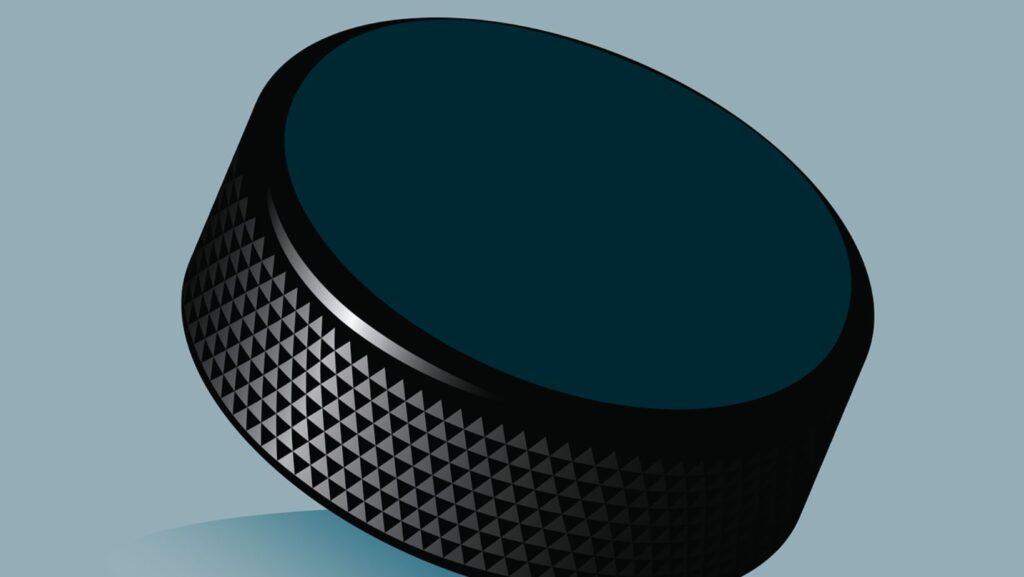The roar of the crowd, the neck-breaking speed of a breakaway, the chess-like approach to power play; hockey is so intense that one can wonder how the ice doesn’t melt under their feet. Hockey has been around for 150 years, and for most of the time, there was no internet. However, it’s undeniable how digital technologies have transformed the sport, and especially, how fans engage with it.
Indeed, for diehard fans, a smartphone connected to the internet is just as crucial as the jersey on game nights. Here’s what they can do with it, and why they no longer can do without cutting-edge apps.
Deep Stats and Interactive Predictions
Smartphones have become the best companions for those watching a hockey match on the screen or behind the arena glass. Besides the host of online and media channels where fans can follow live matches (including hockey betting sites), there are also official team apps that provide exclusive information, including backroom tales, player stats, and social media integration.
These apps have multiple functions but a single goal: to turn the frantic flow of a match into digestible and actionable insights. More importantly, they can turn casual observers into tactical analysts in just a few clicks. In this context, micro-stat trackers, that is, apps that bring live stats and advanced analytics, have become indispensable. Fortunately, several options are available.
The official NHL app (available for Android, iOS, and desktop) is a free online platform where fans can find condensed games, video clips, NHL rivalries, real-time stats, and scores, as well as the latest news from the hockey world. Update alerts show right on the smartphone screen, PCs, and even smartwatches.
Some micro-stat trackers are so accurate and precise that even coaches and timekeepers use them, such as iTrackHockey. It’s easy to understand why: within a few taps, users have access to reports, automatic sheet generation, tournament management, and standings. Better still, it also works offline, except when users need to make purchases or generate reports. iTrackHockey is a subscription-based app, but it also has a free (though limited) version.
For those who like to follow hockey matches like a pro, there’s also the StatTrak for Hockey app. It was developed by a famous brand of sports statistics software, AllPro. It’s also used by professional coaches who need to crunch player and team stats for insights into strategy development. Apps like Mad Puck and theScore offer similar functions.
Not all platforms are so data-driven, though. For instance, Hockeydb.com focuses on historical information regarding leagues and teams, creating a cohesive background for live matches based on previous results. A complete list of online platforms dedicated to live broadcasts, statistics, news, and odds wouldn’t fit in this article, as there are just too many of them to mention.
Living the Game
The defining test of a sports-tech app happens at the very moment when the puck drops. Once the game starts, engines must shift from sophisticated analysis of stats and odds to following every move with speed and clarity. The best apps do much more than passively provide numbers on a second screen, turning fans into participants of the action.
The official NHL app introduced a new feature earlier this year: NHL Hockeyverse. It combines Hawk-Eye technology (which is widely used in cricket already) with the EDGE Positional Data system to create highly realistic animations of shots, passes, goals, and other important moments.
So much technology doesn’t mean that traditional cable sports channels like ESPN have lost their appeal. In fact, they’re still very popular among fans watching the NHL from outside of the country. Still, micro-stat trackers surely improve the fan experience, pairing top-notch live broadcasts with a host of exclusive information and content.
Running Against the Clock
Not many fans pay attention to the technology behind their favourite apps until they malfunction. In fast-paced sports like hockey, latency is the greatest villain, making or breaking the entire experience. After all, a lag of just a few seconds is enough to turn live action into instant frustration.
The best apps stay true to the moment, which also means keeping updated scoreboards, players’ stats, and whatnot. It’s easy to understand what player and puck trackers do, but how they do it, not so much. Truth be told, these trackers have just very recently entered the arena. In 2023, the IIHF Sport Director explained how it works.
According to Christian Hofstatter, a microchip has been added to the puck, while players use Bluetooth devices on their shoulders, their moves captured by antennae around the venue. Bluetooth LE protocols are also behind the seamless transmission of data directly to other smartphones or clouds, minimizing delay to the point where “real-time data” lives up to its name.
The chip in the puck is crucial, as it tracks not only the speed and trajectory of passes and shots, but the players involved. This system was first tested in 2022 during the German men’s U18 tournament and has since been scaled up to high-stakes events. The adoption of Hawk-Eye technology was a significant step.
The technology has been around for a while and has been used in cricket since 2001; however, the IIHF only began using it in 2015. Sony developed this system to synchronize multiple cameras on replays and enhance fair play, helping referees analyze coaches’ challenges. Additionally, it projects and recreates animated versions of puck trajectories and shots, resulting in pretty engaging graphics for the audience.
Digital Revolution on Ice
Microchips, wearable devices, Bluetooth technology, countless cameras; hockey has never been so digitized. It means that every match generates a gigantic amount of data which aren’t used only for strategy or odds calculation. Thanks to these technologies, game developers can deliver outstanding simulators with ultra-realistic graphics, physics, and mechanics. Better still, such simulators aren’t restricted to advanced consoles or computers.

There’s no shortage of online platforms of simulated hockey for diehard fans who want matches around the clock. There, players can watch digitally simulated matches based on updated team and player statistics; some of them even allow users to create their own dream team to compete against names from the present and past.
Undoubtedly, they wouldn’t be so realistic (let alone entertaining) without the vastness of information provided by the latest digital technologies. For those who love video games, the options are many. The NHL and EA Sports have developed a long and fruitful partnership, with seasons dating back to 2002; there are also numerous management games on a list comprising over 45 hockey-related titles.
Final Shot
In short, the fusion of the latest digital technologies with the timeless passion for hockey is revolutionizing the fan experience. Smartphones have taken a central role in this revolution, working as an information center and control panel, turning occasional viewers into specialists in the blink of an eye.
Such dedicated apps and simulators weren’t created to replace the adrenaline of the sport, but to amplify it. They bring fans much closer to the match, where raw data is paired with breaking news and background information about top events and athletes. Ultimately, the combination of these technologies is redefining what it means to be a hockey fan in the 21st century.
